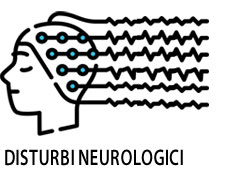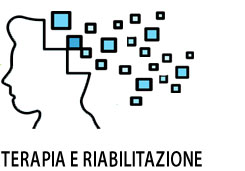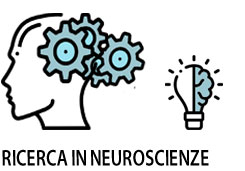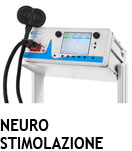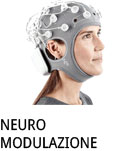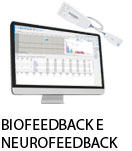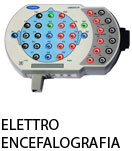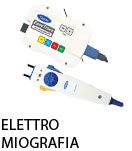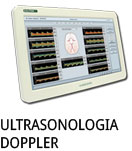- +39 011 5821948
- info@geasoluzioni.it
- Lun - Ven 8:00 - 17:30
Dopaminergic and clinical correlates of high-frequency repetitive transcranial magnetic stimulation in gambling addiction: a SPECT case study
- Abstract:
- Repetitive Transcranial Magnetic Stimulation (rTMS) shows the potential to modulate local brain activity, thus resulting in a modulatory action on neurocircuitries implicated in the pathophysiology of Gambling Disorder (GD). We report the case of a GD patient treated with two weeks of high frequency (15 Hz) rTMS over the dorsolateral prefrontal cortex (DLPFC). At baseline and after rTMS treatment the patient underwent a SPECT examination with (123)I-FP-CIT tracer, to test changes in dopamine transporter (DAT) availability. The patient was followed up for six months, to explore safety and clinical correlates of a weekly high frequency rTMS maintenance treatment. Over the six-month follow-up the patient reported no episodes of gambling relapse. Also, the patient did not report craving for gambling or gambling-related symptoms. After two weeks of left DLPFC-rTMS treatment, we found a decrease in DAT availability in striatal regions, that represents a putative neurobiological substrate of dopaminergic pathways modulation. This study suggests that high frequency DLPFC-rTMS deserves further investigations in larger samples, using controlled study designs, to assess its real potential as a treatment for GD.
- Anno:
- 2019
- Tipo di pubblicazione:
- Articolo
- Parola chiave:
- TMS; rTMS; Dipendenza; Dopamina; DLPFC; Gambling
- Testata scientifica:
- Elsevier
- Nota:
- In questo articolo viene esaminato il potenziale della stimolazione magnetica transcranica nella modulazione dei neurocircuiti implicati nella dipendenza da gioco d'azzardo. Viene riportato il caso di un paziente trattato con rTMS per due settimane sulla corteccia prefrontale dorsolaterale sinistra. Al basale e dopo Trattamento rTMS il paziente è stato sottoposto ad esame SPECT per testare i cambiamenti nella disponibilità del trasportatore della dopamina (DAT). Nei sei mesi di follow-up il paziente non ha riportato episodi di ricaduta nel gioco d'azzardo.Questo studio suggerisce che la DLPFC-rTMS ad alta frequenza merita ulteriori indagini in campioni più grandi, utilizzando disegni di studio controllati, per valutare il suo reale potenziale come un trattamento per GD.
- DOI:
- https://doi.org/10.1016/j.addbeh.2019.02.013
Hits: 574
La nostra storia
GEA soluzioni si affaccia nel 2013 al mercato della strumentazione medicale di alto livello tecnologico ma la sua storia parte da più lontano, clicca qui per approfondire.
GEA SOLUZIONI SRL
via Issiglio 95/10, Torino
Tel.: 011 5821948 / 011 4463853
Fax: 011 0433281
Email: info @ geasoluzioni.it
P. IVA IT11696920013
REA TO1233648

